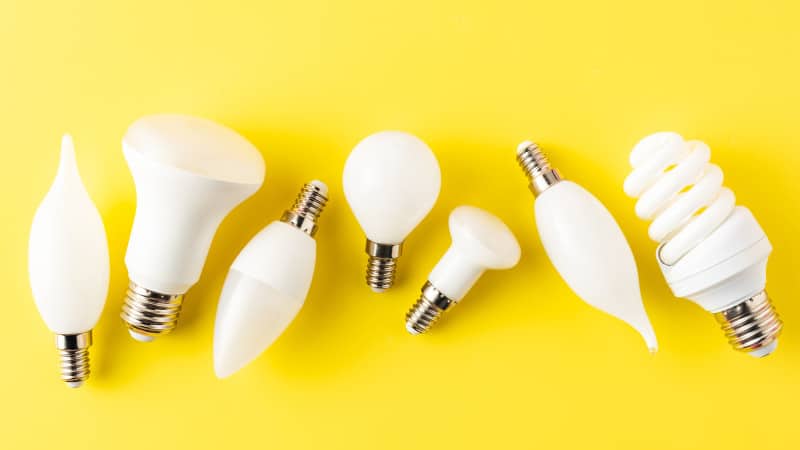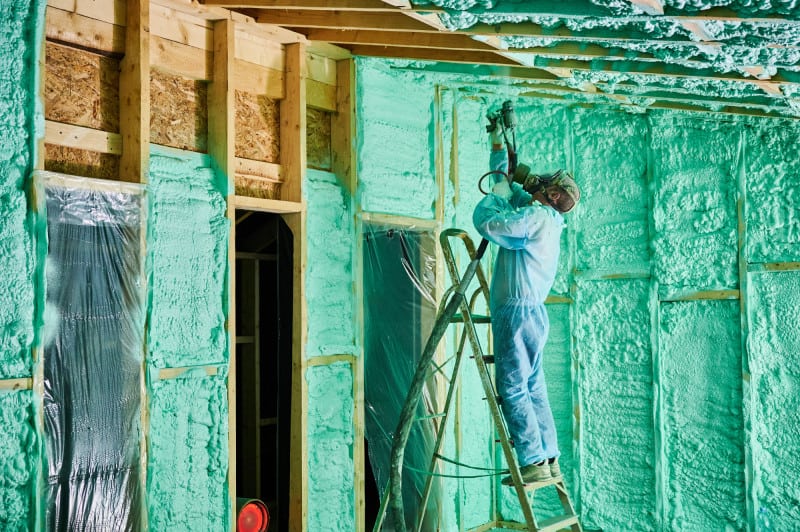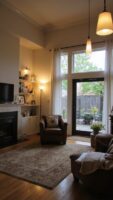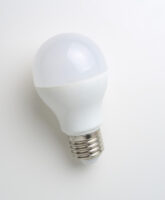Choosing the right light bulbs can make a world of difference in your home or workspace.
But with so many options available, how do you know which ones are right for you?
From incandescent to LED, each type has its own benefits and considerations.
In this guide, we break down the different bulb types, explore factors like color temperature and wattage, and even show you how LED bulbs can help you save money.
Get ready to make informed choices and create the perfect lighting ambiance.
Understanding Different Types of Bulbs
When it comes to choosing the right light bulbs, comparing brands and assessing your needs is essential.
I always start by looking at the different types of bulbs available.
You can choose from incandescent, halogen, fluorescent, and LED bulbs. Incandescent bulbs are affordable and widely available, but they don’t last as long as other types and also use more energy.
Halogen bulbs last longer than incandescent ones, but they are more expensive and use more energy than other types.
Fluorescent bulbs are very efficient and last longer than incandescent or halogen bulbs, but they require special fixtures in order to work properly.
LED bulbs are the most efficient type of bulb available, but they are also the most expensive.
Once you have decided on a type of bulb, you can then begin to compare brands to find the one that best meets your needs.
Look for things like wattage ratings (for energy efficiency), lumen output (for brightness), color temperature (for a natural-looking light), and warranties (for reliability).
It’s important to remember that each brand may have different features so be sure to read all labels carefully before making your purchase.
Finally, consider where you will be using the light bulb before making a purchase.
Different rooms may require different types or levels of lighting depending on how much natural light they receive or what activities take place there.
Knowing this information ahead of time will help you make an informed decision on which kind of bulb will work best for you.
Selecting The Right Color Temperature
There are several factors to consider when selecting the right color temperature, including the area in which you’re installing the lights and what type of atmosphere you’d like to create.
When it comes to light bulbs, color temperature is measured in Kelvin (K).
The lower the Kelvin rating, the warmer or more yellow/red the light appears. This type of lighting is great for creating a warm, cozy atmosphere and is often used in living rooms or bedrooms.
On the other hand, higher Kelvin ratings emit a cool, blue-hued light that works well for task lighting, such as offices and studies.
No matter what type of light bulb you choose, make sure it accurately reflects your lighting needs and desired atmosphere.
Knowing the basics of color coding can help you make an informed decision so you can achieve just that!
Determining The Wattage You Need
Selecting the appropriate wattage for your light bulbs is crucial to achieving the desired illumination and energy efficiency in your home or workspace.
With the rapid advancements in lighting technology, understanding how to determine the right wattage has become more important than ever.
Before diving into the wattage selection process, it’s essential to evaluate your specific lighting needs. Ask yourself the following questions:
Where will the light be used?
Consider different areas, such as living rooms, bedrooms, kitchens, or offices, each requiring different lighting intensities.
What is the purpose of the lighting?
Do you need task lighting for activities like reading or working, or are you aiming for ambient or accent lighting to enhance the overall ambiance?
What are your personal preferences?
You may prefer brighter, more intense lighting, while others prefer softer, dimmer illumination.
You should also make sure you understand the relationship between the wattage and the brightness.
Traditionally, wattage has been associated with the brightness of a light bulb.
However, with the emergence of energy-efficient lighting options, such as LED and CFL bulbs, wattage no longer directly corresponds to brightness.
Instead, lumens (lm) are used to measure brightness. Lumens indicate the amount of light emitted by a bulb, while wattage refers to the energy consumed.
To choose the right bulb, focus on the lumens required rather than the wattage. To help you make an informed decision, use the following rough guideline:
- 450-800 lumens – Suitable for accent or decorative lighting purposes.
- 800-1,100 lumens – Ideal for general ambient lighting.
- 1,100-1,600 lumens – Recommended for task lighting and areas requiring bright illumination.
- 1,600+ lumens – Intense lighting for specialized tasks or areas with high lighting requirements.
Ensure compatibility between the bulb and the lighting fixture.
Some fixtures, such as table lamps or chandeliers, may have wattage limitations, so be sure to check the manufacturer’s recommendations.
Using a higher-wattage bulb than specified can lead to overheating and potential hazards.
To maximize energy efficiency, opt for energy-saving bulbs, such as LEDs or CFLs, which consume significantly less energy than traditional incandescent bulbs.
Energy-efficient bulbs provide the same amount of brightness while using fewer watts, resulting in long-term cost savings and reduced environmental impact.
Choosing the right light bulb may require some trial and error.
Consider purchasing a variety of bulbs with different wattages and lumens to test in the desired area.
Observe how each bulb affects the lighting quality, ambiance, and energy consumption. Once you find the ideal combination, replicate it throughout your space.
Finding The Right Bulb For The Right Fixture
Choosing the right light bulb for your fixture can be daunting. Comparing sizes and wattage, assessing cost and energy consumption, there’s a lot to consider. But fear not, with a few simple steps you can find the perfect bulb for you.
First, you need to determine what type of fixture you have. There are four main types: candelabra, standard, reflector, and floodlight.
Candelabra bulbs are usually small and used in chandeliers or wall sconces.
Standard bulbs are often used as table lamps or in ceiling fixtures.
Reflector bulbs are designed to focus light in one direction – like desk lamps or recessed lighting.
Floodlights spread light in all directions – think motion sensor lights or spotlights outside your home.
Once you’ve identified your fixture type, it’s time to compare sizes and wattage.
Bulbs come in different shapes and sizes so make sure to pick one that fits the socket properly!
You should also take into account how much power the bulb consumes: higher wattage means more energy usage – but also brighter light!
Saving Money With LED Bulbs
I’m sure you’ve heard of LED bulbs – they’re the wave of the future when it comes to light bulbs. Not only are they energy efficient, but they can help you save money on your energy bills too.
Here are four ways LED bulbs can help you cut costs:
- LED bulbs use up to 90% less energy than traditional light bulbs, which means lower energy bills and more money in your pocket.
- LED bulbs last longer than their traditional counterparts, so you won’t have to replace them as often and can save money in the long run.
- LEDs emit less heat, which helps reduce air conditioning costs in summer months.
- LEDs are designed to be more durable than traditional light bulbs, so they don’t break as easily and require less maintenance over time.
So if you want to save energy and money on your lighting bill, switching to LED bulbs is a great way to do it!
Conclusion
Picking the right type of light bulb can be tricky.
With the variety of wattage, color temperatures and fixtures available, it’s important to take your time and weigh all the options.
By understanding the different types of bulbs, selecting the correct color temperature, determining the wattage you need, and finding the right bulb for your fixture, you’ll be able to find a lighting solution that fits your needs.
As they say, ‘a little knowledge goes a long way,’ so spend some time researching and make sure you get the perfect light bulbs for your space!





